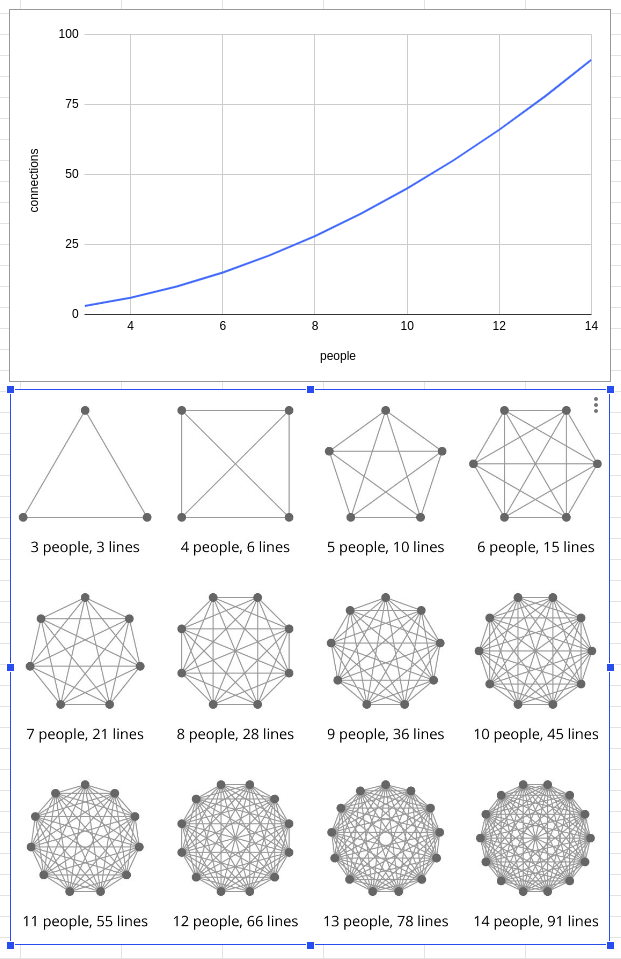product ideation is dysfunctional
Ideation in product management is a broken tool that does not “create ideas”, as it professes to do. In this post I describe what’s wrong with garbage-ideation and how we can better achieve what “ideation” claims to provide.
characteristics of typical ideation
- One or more 1hr meetings
- Meetings consisting of a whiteboard, post-it notes, and some structured exercise.
- A large number of stakeholders across a range of disciplines.
definition
When talking about a term, lets start with the definition:
ideation
n. The process or the act of forming ideas.
n. The faculty or capacity of the mind for forming ideas; the exercise of this capacity; the act of the mind by which objects of sense are apprehended and retained as objects of thought.
n. The conceptualization of a mental image.
In this definition there are three interesting or important sentences;
- The process or the act of forming ideas.
- The faculty or capacity of the mind for forming ideas.
- The conceptualization of a mental image.
Sentences 1. and 2. describe the process of creating or forming an idea.
Sentence 3. describes the process of transforming a mental image into a conceptual and usable idea.
issues with ideation
Not all ideas are equal. It’s unreasonable to expect that everyone’s ideas are of equal quality. It’s very easy to have an opinion on a subject, opinions are cheap. But it’s hard to have a good opinion. Because it’s hard to have a good opinion, your ideation meeting will by-and-large have a greater proportion of bad opinions in it than good ones. With a concentration of bad opinions, we will create a concentration of bad ideas. These drown out the fewer good ideas.
Ideas come from the subconscious, not conscious brain. The phrase “shower thoughts” describes this exactly. It’s the moments of quiet reflection that create good ideas. For good ideas, you need domain experts – people who deeply understand a problem space – with the time to reflect on the problem. This quiet reflection process that allows your subconscious brain’s thoughts to permeate into your conscious brain does not happen in a meeting full of stakeholders (with bad opinions).
You inevitably have too many people. You probably invited the entire team, and some people external to the team. You did this to make sure that everyone was bought into the output. But with any group larger than ~6 people, they can barely have a functioning and useful converstaion.. let alone a discussion over the relative merits of ideas. This is also the same reason that your meeting will be longer than 1hr. There are just too many communication pathways.

You inevitably have too many ideas. See problem 1) opinions are cheap. You end up with too many ideas, and most of them are garbage. Now you need to sift through them to find the good ones that are worth pursuing. You’ll reach of a decision making framework like a 2x2 grid or the hilariously flawed ICE (impact, confidence, ease) metric. ICE is my
leastfavourite because it involves randomly guessing 3 numbers, multiplying them together and then ranking the output based on the multiple of those 3 random numbers. 🤦
what did you achieve?
- You invited too many people with too many bad/cheap opinions who created too many bad ideas.
- You ended up with mostly bad ideas because the session didn’t allow for deep, quiet, reflective concentration.
- The too many people had too many communication pathways, which ran over the 1hr that you booked, so you booked more time because this is “important work”.
- At the end you randomly generated numbers as a decision making framework, which told you to do some idea that didn’t sound that good.
- So you ignored it and did what one of the “experts” in your team had been saying all along.
Now do the maths;
| |
.. this is the amount of time you wasted.
